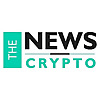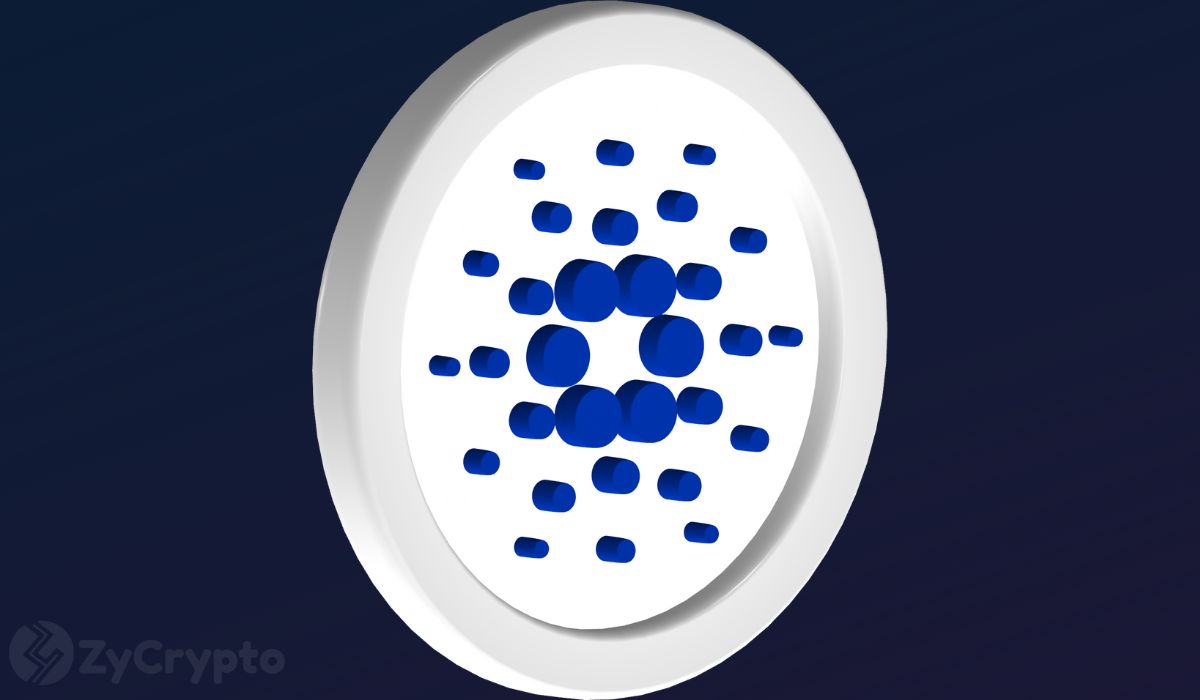ARTICLE AD BOX

The world’s first Ethereum-compatible and quantum-resistant blockchain testnet has been launched by QANplatform, enabling developers to code smart contracts in any programming language.
This testnet’s launch comes after a member state of the European Union successfully implemented QANplatform’s quantum-resistant technology. The new QAN TestNet, which is a forerunner to the QAN MainNet Beta and represents a step forward in the growth of the Web3 ecosystem, builds on the success of the QAN Private Blockchain or QAN Enterprise Blockchain, which was introduced in September 2023. It is the first platform in the world to combine three unique features: the flexibility to develop smart contracts in any programming language, interoperability with Ethereum’s EVM, and security that is immune to quantum attacks.
The platform, made possible by the QAN Virtual Machine (QVM), accepts the development of smart contracts in a wide range of Linux Kernel-compatible programming languages. With this method, Web3 technology will become more accessible and may attract over 28 million new developers since it goes beyond the limitations of standard blockchain platforms that support a limited number of programming languages. With its no-code smart contract studio, QAN reduces the barrier to entry for non-developers, enabling anyone to create interactive smart contracts in a matter of minutes.
QANplatform integrates the CRYSTALS-Dilithium algorithm into QAN XLINK in accordance with the main recommendations of the US National Institute of Standards and Technology (NIST). The QAN XLINK cross-signer protects the QANplatform and its users from the impending danger of quantum computing by guaranteeing post-quantum transaction security and preserving Ethereum EVM compatibility.
Johann Polecsak, Co-Founder and CTO of QANplatform, expressed:
“Crafting a blockchain that addresses both future challenges, such as quantum attacks, and current market issues, like high entry barriers for developers and enterprises, presented a significant and complex undertaking. Our aim to achieve Ethereum compatibility to facilitate seamless integration of pre-existing solutions added to the complexity. The dedication of our team to navigate these challenges affirms a critical advancement.”
.png)
 8 months ago
3
8 months ago
3








 English (US)
English (US)